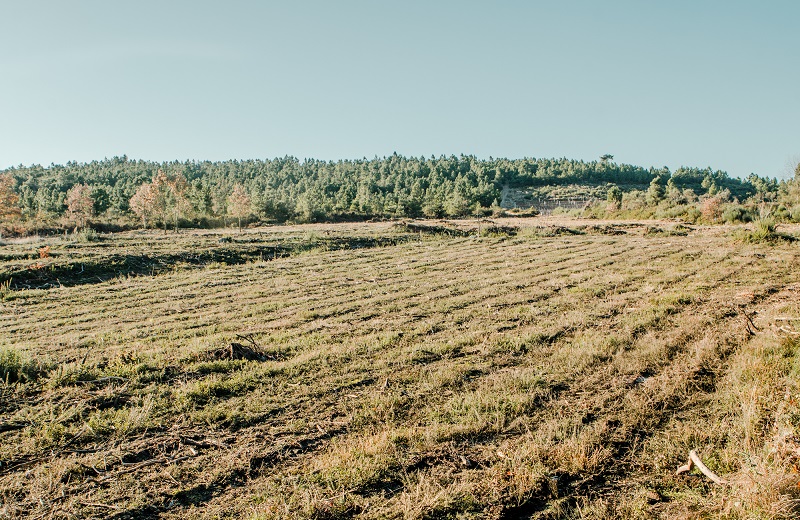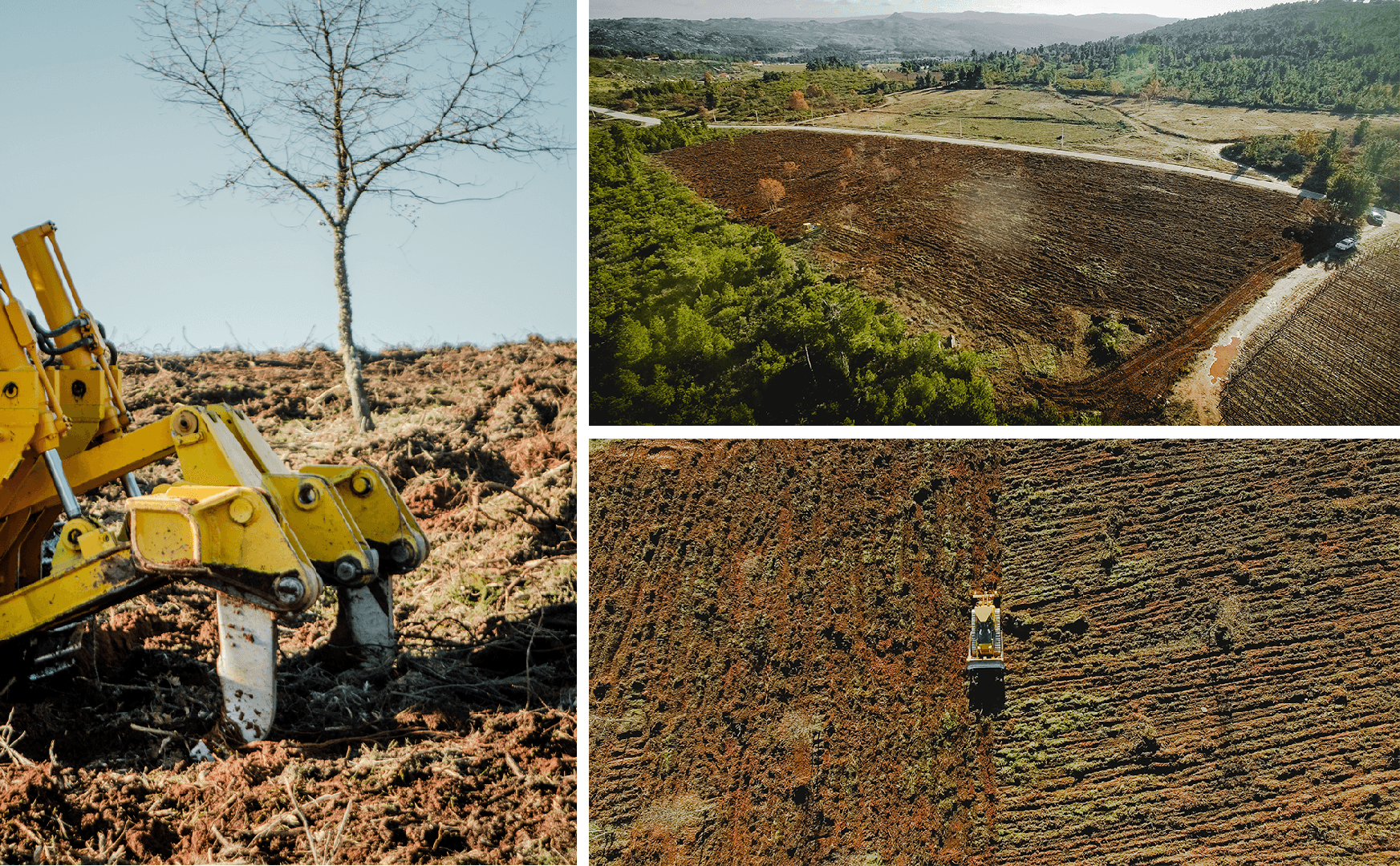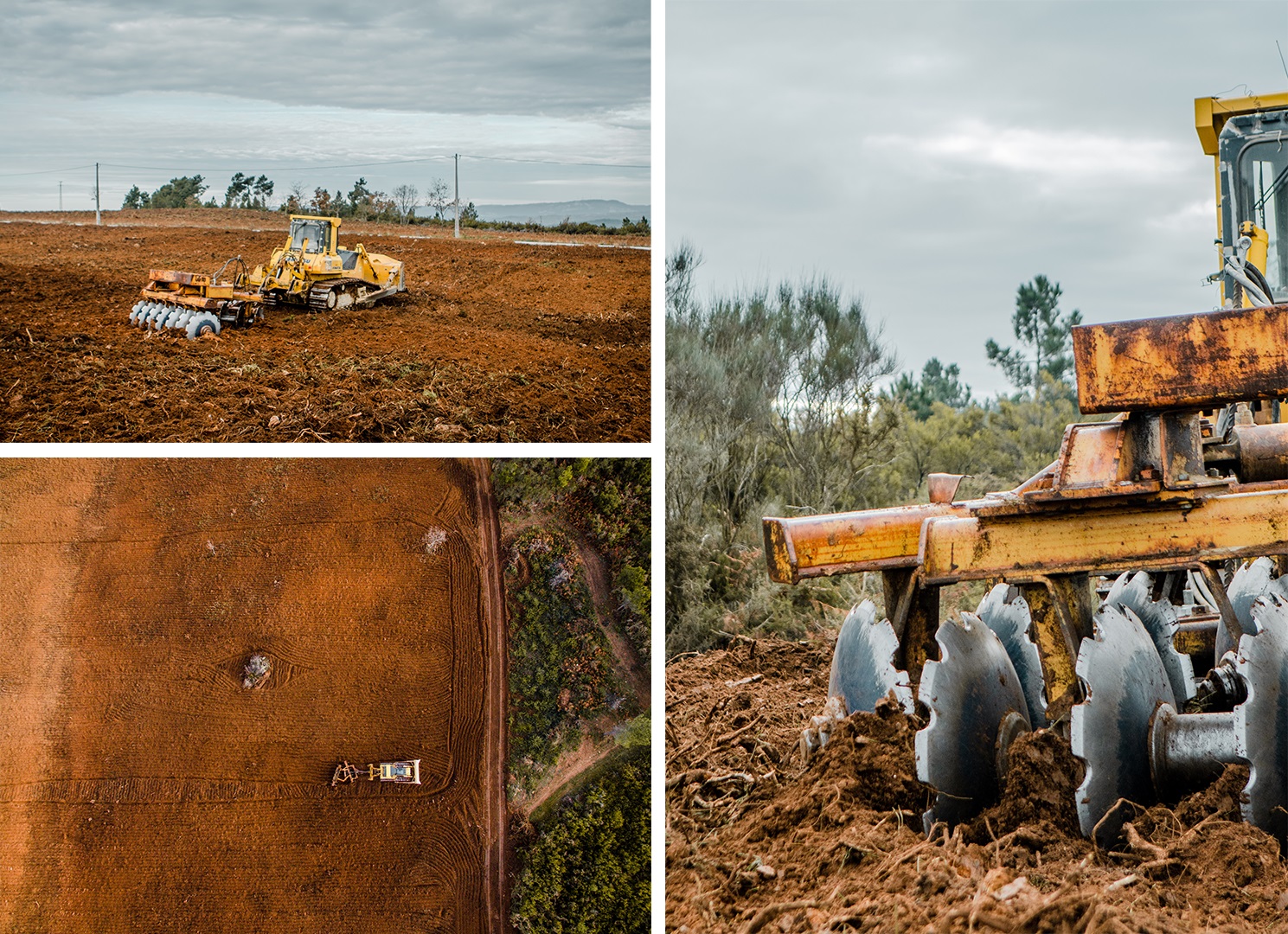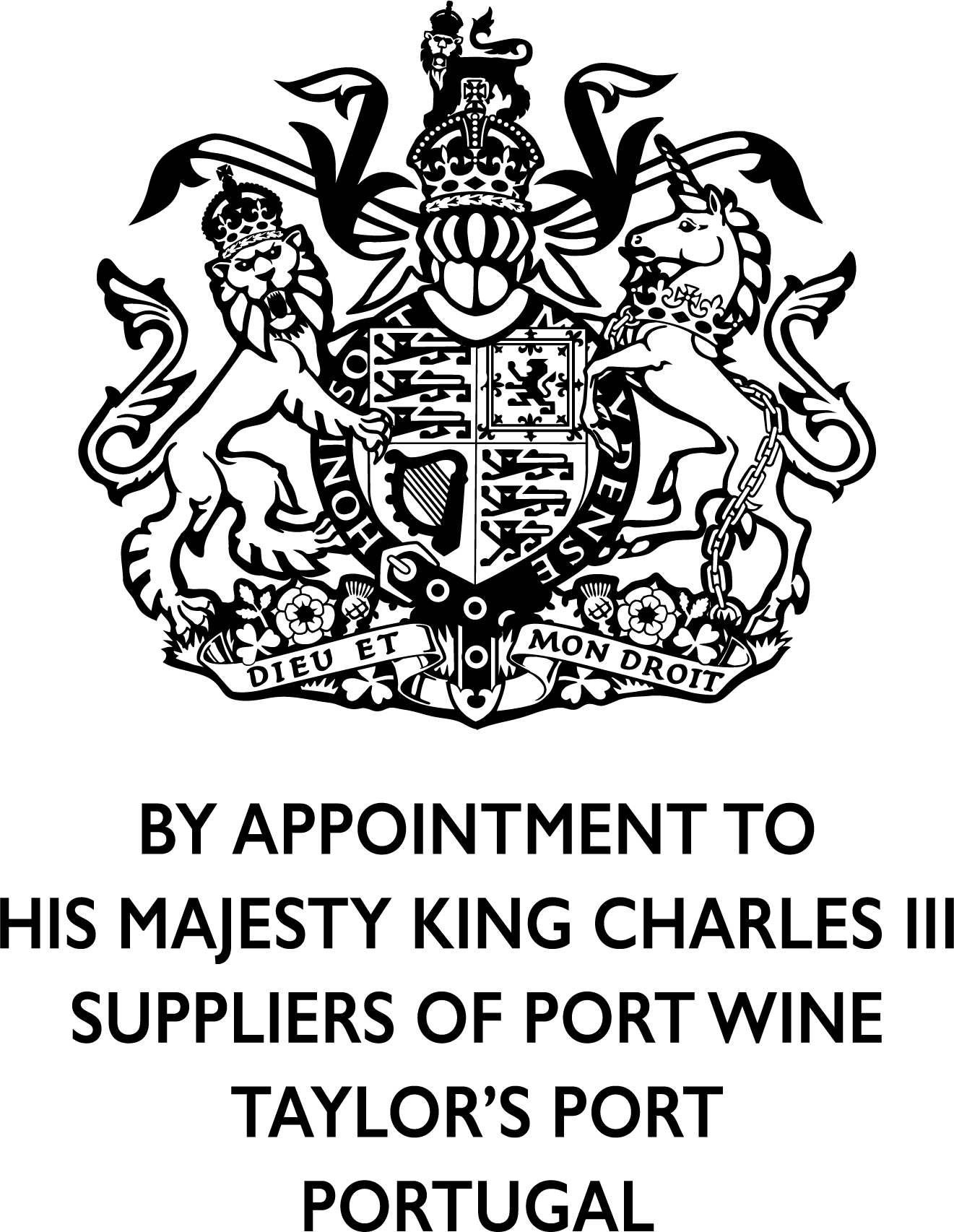Every year, Portugal loses thousands of hectares of forest. Forest fires are a major cause. Plant pests, the conversion of forest to farmland and the encroachment of urban areas and infrastructure on wooded areas are also important factors. Native deciduous woodland is under additional pressure from the replacement of native oak trees by more commercially lucrative species.
The destruction of this broadleaf woodland not only entails the loss of the trees themselves but also of the diverse ecosystems that they sustain and nurture. Oak forests also represent a lower fire risk than commercial plantings of resinous species such as pine and eucalyptus.

The site chosen for the reforestation project
Taylor’s Port has made a commitment to help reverse the loss of native woodland by embarking on a reforestation programme in the Cima Corgo area of the Douro Valley. This project is one of Taylor’s undertakings under the Porto Protocol. The Porto Protocol is an international movement, inspired and mentored by Taylor’s, which encourages action to mitigate environmental damage and the effects of climate change.
Planting will begin in the winter of 2019/2020 when the weather in the Douro Valley is coolest and the land can be prepared. The new woodland will be made up of two native oak species, Quercus pyrinaica (Pyrenean oak) and Quercus faginea (Portuguese oak). Co-op is partnering with Taylor’s and the Porto Protocol on this important project. Co-op will contribute 10p for every bottle it sells of Taylor’s Select Reserve Port with the aim of planting an additional 2,500 trees.
Taylor’s Managing Director, Adrian Bridge, stated, “We are delighted to have Co-op’s support for this important project. By allowing us to plant more trees, Co-op’s investment will significantly increase the positive impact of the reforestation.” He added, “As custodians of the unique environment and landscape of the Douro Valley, we understand the importance of extending our environmental initiatives beyond the vineyard itself. Our sustainable vineyard model recognises the importance of interspersing areas of vine with natural vegetation and woodland to protect natural diversity and resilience.”
Follow the project:
1st Week

2nd Week

3rd Week

